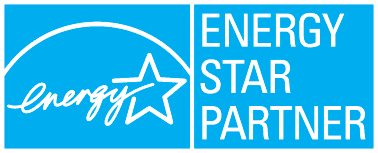Since its revival in 2005, the federal solar Investment Tax Credit (ITC) has played a significant role in making solar affordable for homeowners nationwide. Initially providing a capped 30% tax credit on the total cost of residential solar systems, this incentive greatly accelerated the adoption of renewable energy solutions. First established as the Residential Energy Credit in 1978, this federal incentive has undergone several legislative adjustments and name revisions over time.
After years of political sensitivity, frequent modifications and previous phasedown attempts, the Inflation Reduction Act of 2022 restored the ITC to a full 30% credit and expanded eligibility to include battery storage systems as well. Until recently, this incentive was expected to remain at this level through 2032 before gradually decreasing until its expiration in 2035.
However, recent legislative developments have accelerated this timeline— notably, ending the 30% residential solar tax credit entirely for homeowner-owned systems on December 31, 2025, ten years sooner than planned. The new law also eliminates credits for battery storage, for leased solar systems and prohibits the transfer of tax credits, which are commonly given to homeowners to provide affordable, low-upfront-cost options.
Under the new law, residential solar and battery projects must be completed before the end of the year to qualify for the current federal tax credit. The final 2025 federal budget, signed on July 4, 2025, marked the beginning of the countdown. Texas does not offer a state income tax credit; however, property tax exemptions for renewable energy and energy storage devices remain in place. For those considering installing a solar or battery system, I encourage you to act quickly to explore your options before the end of the year.
With solar energy and distributed energy resources playing an important role in grid reliability in Texas, GVEC continues to closely monitor developments and advocate for policies that benefit our members. Battery storage systems are proving to be effective complements and alternatives to solar, as they can be paired with solar panels or operate as a stand-alone system. Both offer similar advantages in reducing energy demand, providing backup power and supporting overall grid stability. Despite the recent legislative changes, you can learn more about the ongoing benefits of battery storage and what they mean for GVEC members on our “Power You Can Count On” blog at gvec.org.
Our top priority remains to help our members make informed energy choices and empower you to take control of your energy future. Our experienced, non-commissioned team is available to help you navigate available tax credits, rebates and financing options, ensuring you secure the best value for your solar and battery investments.
As always, I welcome your feedback and encourage you to reach out with any questions or concerns by phone at 830.857.1152, by email at dschauer@gvec.org or by mail at P.O. Box 118, Gonzales, Texas 78629.

